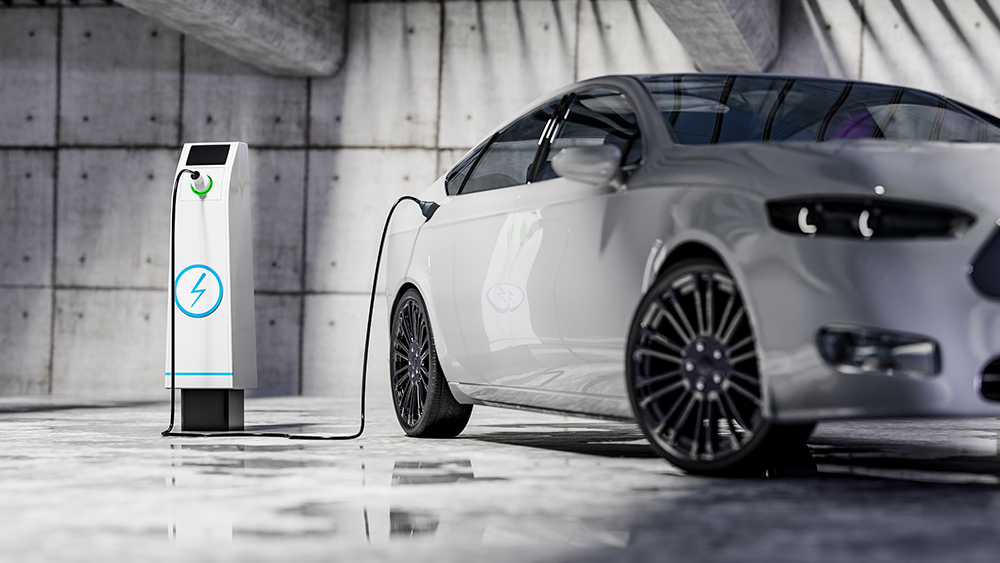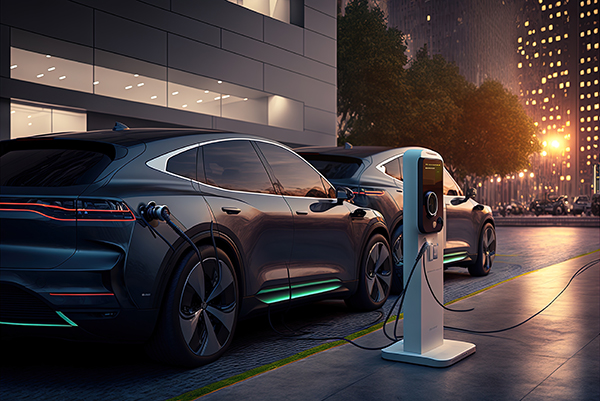
Hurricane Idalia made landfall on Aug. 30 along Florida’s Big Bend region. The hurricane caused widespread damage and flooding and the weakened storm eventually moved north to Georgia and the Carolinas.
According to reports, at least two EVs caught fire after being submerged in saltwater by Hurricane Idalia. Firefighters in Palm Harbor, near Tampa, warned owners of EVs and hybrid cars that the rechargeable batteries of their vehicles could combust if exposed to saltwater.
The warning told hybrid and EV owners that saltwater exposure can trigger combustion in lithium-ion batteries. EV owners were advised to move their vehicles to higher ground. (Related: Widow SUES Tesla over “dangerous” electric vehicle that KILLED HER HUSBAND.)
Firefighters added that the warning also applies to other vehicles like electric golf carts and smaller vehicles like scooters and bicycles that have lithium-ion batteries that may potentially spark a fire when they get wet.
This can be a problem especially if salt residue remains after the water dries out. The residue can create "bridges" between the battery's cells, potentially creating electrical connections that can start a fire.
Lithium-ion battery packs have a group of cells inside a compartment and contain a flammable liquid electrolyte.
EV and plug-in hybrid vehicles have about 1,000 times more cells than an e-bike. Higher energy batteries with more cells are at greater risk of failing.
Jason Haynes, Palm Harbor Fire Rescue's training chief, said a Tesla submerged in Pinellas County, Florida, suddenly "went up in flames."
Haynes warned that combustion can occur even after a car is exposed to saltwater. He also emphasized the importance of keeping potentially damaged vehicles out of garages and away from nearby structures.
Additionally, Tesla warned car owners about the risks of vehicle submersion and advised against driving a car that has been flooded.
In Tesla's guidance for handling a submerged vehicle, the company instructed car owners to treat their car "as if it has been in an accident." Drivers were also advised to contact their insurance company once their car had already been submerged.
The company also warned Tesla car owners to safely tow or move their cars "at least 50 feet (15 meters) from structures or other combustible materials such as other cars and personal property."
EV fires can ignite even weeks after flooding
Fires linked to a wet lithium-ion battery don't necessarily occur right after exposure, highlighting the importance of having a vehicle that has been exposed to water inspected by a professional as soon as possible.
Patrick Olsen, spokesperson for Carfax, which sells new and used vehicles, said that fires due to saltwater exposure can still occur "days to weeks later."
Olsen warned that some electric car owners are not aware of the potential risks from flooding. While some EV owners think they can drive in deep water because they don't have an engine that can be flooded, this isn't the case.
Andrew Klock, head of electric vehicle training for firefighters for the National Fire Protection Association, said that electric vehicles are not inherently more dangerous than gas-powered cars and trucks, but only if motorists and emergency responders are aware of how to properly deal with flooding incidents.
Klock said even firefighters may not know how to properly extinguish an EV battery fire. He said that they don't always direct the water to the proper place, which for electric cars would be under the chassis, where the batteries are located.
"If you don't do that and keep dumping water on top, it won't necessarily make its way down to where the battery is," warned Klock.
Go to RoboCars.news to read up on other accidents involving electric vehicles.
Watch the video below to see Bill Johnson blast the Biden Administration's attempts to force Americans to buy electric vehicles.
This video is from the NewsClips channel on Brighteon.com.
More related stories:
EV COLLAPSE: Electric vehicle manufacturer Lordstown Motors files for bankruptcy.
Sources include:
Please contact us for more information.






















